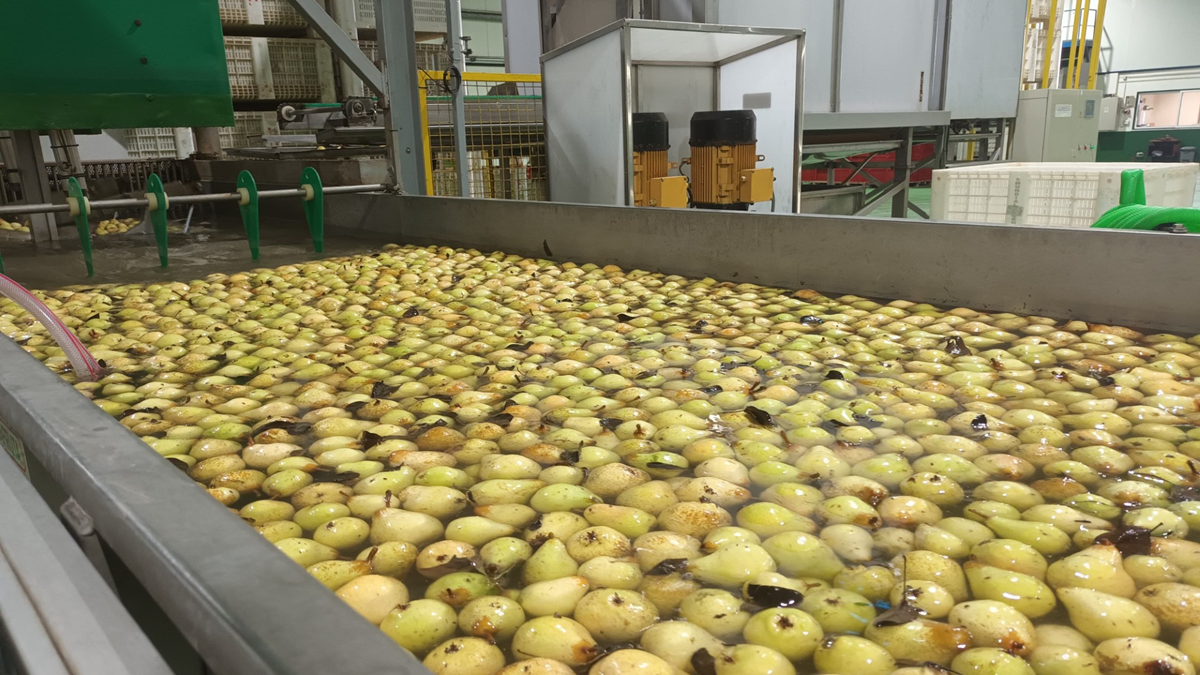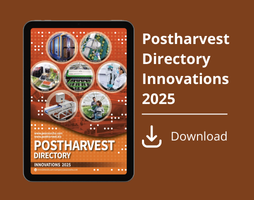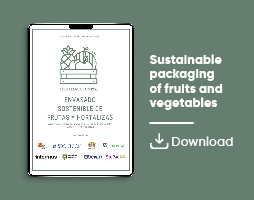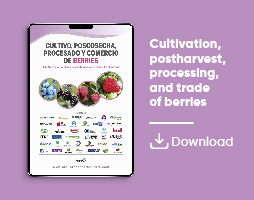Actualidad
Postharvest of sweet corn
The paper by Aarizoo Mushtaq et al. explains sweet corn is perishable due to its higher respiration rate, and loss of sweetness, dehydration, fungal growth are major post-harvest issues, but the use of appropriate techniques can prevent post-harvest losses
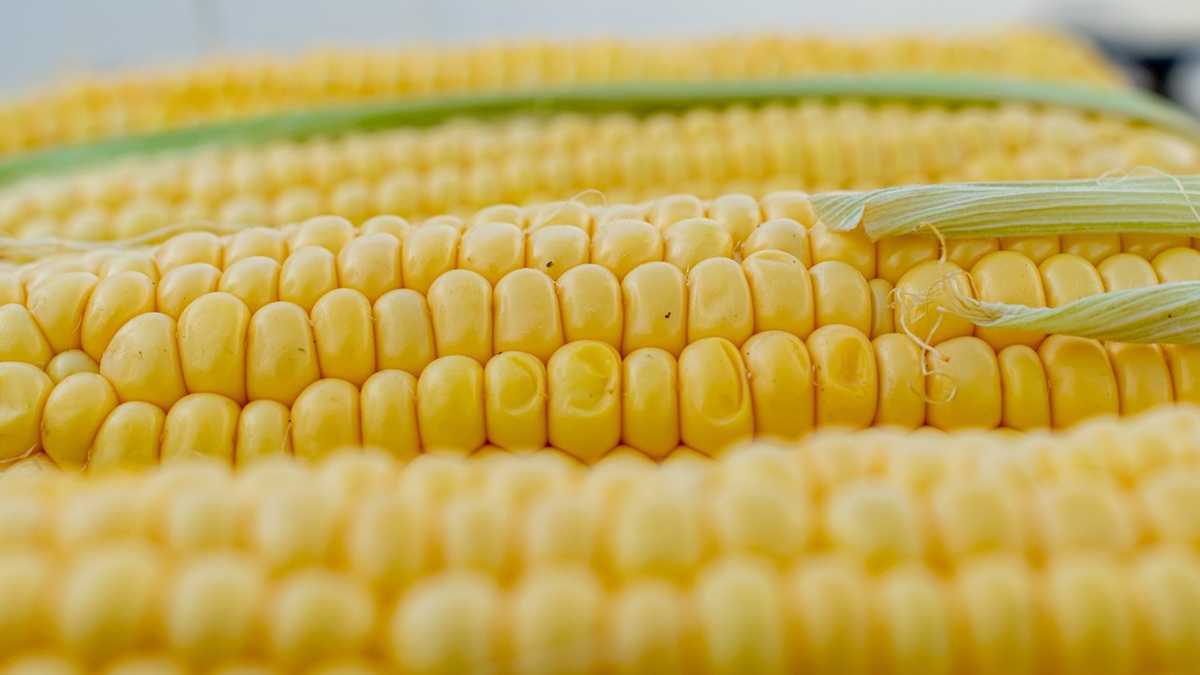
Sweet corn (Zea mays L.) a staple food crop, serves as a significant nutritional source for humans. Belonging to the Poaceae family, sweet corn comes in diverse varieties worldwide, with regional preferences influencing the choice of specific type.
Unlike field corn, sweet corn is harvested at the milk stage, characterized by high sugar and moisture content, which enhances its sensory appeal but also renders it highly perishable.
Key consumer-valued traits such as sweetness, aroma, and vibrant color are particularly vulnerable to rapid deterioration after harvest.
Major post-harvest disorders—including loss of sweetness due to sugar-to-starch conversion, kernel dehydration, fungal contamination, and post-cooking browning—contribute significantly to quality loss and market value reduction.
Effective post-harvest management strategies, particularly low-temperature storage and controlled handling, are critical in mitigating these issues by slowing respiration rates and microbial activity.
This comprehensive review examines the physiological and biochemical changes affecting sweet corn quality post-harvest, identifies the primary causes of deterioration, and evaluates current and emerging preservation techniques aimed at reducing losses and extending shelf life.
The review also highlights existing research gaps and proposes integrative strategies to ensure the delivery of high-quality sweet corn from farm to consumer.
Introduction
Corn (Zea mays L.) is one of the most important cereal crops cultivated worldwide, known for its remarkable ability to thrive in diverse environmental conditions (Potshangbam et al.,2017).
In every state across India, corn is cultivated year-round, serving as a versatile crop with numerous applications. It is grown for various purposes, such as producing grains, feed for livestock, fresh green cobs, sweet corn, baby corn, and even popcorn. India ranks fourth globally in terms of both maize cultivation area and production, contributing approximately 4% to the total maize-growing area worldwide and accounting for 2% of the global maize production.
Due to its ability to thrive in diverse climatic conditions, maize holds the position of the second most important crop in Jammu and Kashmir, right after rice. A large proportion of maize growers in Jammu and Kashmir are small-scale farmers who frequently practice inter-cropping, specifically combining beans with maize cultivation on karewa fields.
Shift to sweet corn
However, the conventional maize crop has been increasingly cultivated in regions with fragile ecosystems, where irrigation facilities are limited or completely absent. This shift has occurred due to the relatively low per unit returns associated with maize cultivation in these areas. As a result of the modest returns per unit area in conventional maize farming, growers are rapidly transitioning towards the cultivation of sweet corn, which provides greater profitability and increased employment opportunities.
Recognizing this trend, the Jammu and Kashmir (J&K) government initiated a campaign in 2019, encouraging maize farmers to shift from traditional maize varieties to sweet corn cultivation.
Sweet corn characteritics
Sweet corn, a type of maize characterized by its elevated sugar content, belong to the Poaceae (grass) family. Sweet corn is widely consumed in various forms, like fresh, frozen and processed produce (Siddiq & Pascali, 2018).It is commonly referred to as Indian corn, pole corn, or simply corn.
The initial commercially available variety of sweet corn was introduced in 1779. Once dried, the kernels of sweet corn display a distinct wrinkled and translucent appearance, distinguishing it from other corn varieties due to its consistently high sugar content throughout the milky and early dough stages.
Main growing areas worldwide
Sweet corn cultivation is prevalent across various regions worldwide, including temperate, tropical, and subtropical climates. In 2018, the United States emerged as the leading producer of sweet corn worldwide, cultivating a staggering 2,237 million pounds of this crop (ers.usda.gov). California holds the top spot among states for fresh market production, with 31,749 acres dedicated to sweet corn cultivation. Meanwhile, Minnesota takes the lead in the frozen and processed market, with 104,508 acres allocated for this purpose (ers.usda.gov). Japan stands as the largest importer of sweet corn, accounting for 19% of global imports, closely followed by the United Kingdom with 12% (oec.world).
In India, sweetcorn is predominantly grown in Madhya Pradesh and Jammu & Kashmir.In Jammu and Kashmir (J&K), an area of 160 hectares is dedicated to the cultivation of sweet corn, yielding an impressive annual output of 6,105 quintals. Ganderbal, Uri, Shopian, and Anantnag stand out as the primary regions for sweet corn production within J&K (Al-Sultani et al.,2019).
Despite its importance, sweet corn encounters significant post-harvest challenges that compromise its quality and marketability, which is the focus of this comprehensive review.
Nutritional value
Sweet corn has gained recognition as a super food among health-conscious individuals. Sweet corn is abundant in dietary fiber and contains minimal cholesterol.
The nutritional composition of sweet corn is influenced by its water content, which accounts for 72.7% of its overall composition, and the remaining 27.3% consists of solids.
Among these solids, carbohydrates constitute 81%, proteins make up 13%, lipids contribute to 3.5%, and miscellaneous components account for 2.5% (Swapnaet al.,2020). This combination of nutrient rich components makes sweet corn a wholesome and nutritious food choice. Starch serves as the primary source of carbohydrates in sweet corn (Szymanek et al., 2012).
In comparison to other vegetables, sweet corn kernels have a relatively higher calorie content, mainly due to their natural sugar content. Sweet corn is packed with dietary fiber, vitamins, and antioxidants, including β-carotene, which can enhance vision and reduce the risk of mascular degeneration. It's also rich in ferulic acid, a potent antioxidant with potential health benefits in disease prevention.
With a low glycemic index, sweet corn helps maintain stable blood sugar levels, making it a valuable addition to a balanced diet. Not only is sweet corn consumed as food, but its byproducts also hold special importance for various industries and animal feed.
However, due to its high moisture and sugar content, it susceptible to microbial spoilage, so proper handling and cooking are essential to ensure safety for consumption (Aslam et al., 2019).
Differences between sweet corn and field corn
Sweet corn (Zea mays L. var. saccharata) and field corn (Zea mays L.) differ significantly in their genetic, physiological, and end-use characteristics. Sweet corn possesses naturally occurring mutations in sugar-related genes such as su (sugary), se (sugary enhancer), and sh2 (shrunken-2), which inhibit the rapid conversion of sugars into starch during kernel development. This genetic alteration results in kernels that are notably sweeter, more tender, and juicier than those of field corn (Revilla et al., 2021).
In contrast, field corn varieties, such as dent, flint, waxy and popcorn types, lack these mutations and are bred primarily for starch accumulation, leading to harder, drier, and more fibrous kernels at maturity.
Harvest timing also distinguishes the two: sweet corn is picked at the milk stage, when kernels are immature and high in sugar content, while field corn is harvested at physiological maturity, when the kernels are fully dried and starch-rich (Carter et al., 2016).
Consequently, sweet corn is mainly consumed fresh, canned or frozen, whereas field corn is processed into animal feed, industrial products such as ethanol and starch or various food derivatives like cornmeal and cornstarch (Watson & Ramstad, 1987).
In terms of visual traits, sweet corn often displays white, yellow, or bicolor kernels, while field corn predominantly has yellow or orange kernels, with some varieties showing red, blue, or white pigmentation.
Shelf life is another important distinction: sweet corn has a short post-harvest life due to the rapid sugar-to-starch conversion unless properly refrigerated, while field corn, once dried, can be stored for extended periods (Yuan et al., 2020).
Agronomically, sweet corn plants generally exhibit lower biomass and slightly smaller ears compared to the more robust and high-yielding field corn hybrids.
Nutritionally, sweet corn has a higher sugar but lower starch content, making it suitable as a vegetable, whereas field corn is valued for its high carbohydrate (starch) content and industrial versatility (Tracy & Hallauer, 2006).
Due to its high nutritional value, sweet corn commands significantly higher prices compared to field corn, making it a lucrative commodity in the market. Sweet corn is considered the most significant maize variety for human consumption. However, its perishable nature poses a significant challenge when it comes to long term storage.
Long term storage challenges
This poses a dilemma for the government's objective of maximizing the economic returns for maize growers, as it often compels them to sell their sweet corn at lower prices due to the urgency to prevent spoilage.
After harvest, sweet corn kernels undergo rapid quality deterioration, including desiccation, discoloration, loss of sweetness, and the development of off-flavors (song et al., 2018). Hence, prompt post-harvest handling and storage measures are essential to maintain the quality and flavor of sweet corn.
Sweet corn is particularly vulnerable to nutritional losses caused by environmental stress conditions. To extend the shelf life of sweet corn kernels, various pre-treatment and packaging techniques have been employed.
These include shrink wrapping, film overlapping, refrigeration, and other methods aimed at preserving the quality of sweet corn kernels during storage. These treatments help mitigate the impact of environmental stress and ensure the retention of nutritional value in sweet corn kernels.
Although sweet corn is a high-value horticultural crop with increasing global demand, there is a noticeable lack of comprehensive and integrative research addressing its post-harvest quality management.
Moreover, data on region-specific post-harvest practices, emerging technologies (such as non-thermal preservation methods) and cost-effective solutions for small-scale producers remain fragmented or underexplored.
This review seeks to bridge these gaps by synthesizing current knowledge, identifying critical control points in the post-harvest supply chain and proposing integrated strategies for minimizing losses and maintaining sweet corn quality.
Sources
Post-Harvest Quality Management of Sweet Corn: Disorders, Losses and Preservation Strategies
Aarizoo Mushtaq, Abida Jabeen, Monisa Yousouf, Mudasir Ahmad Malik, Taha Mukhtar, Tawheed Amin, Shabnum Showket,
Asima Rafiq
Food Nutrition
Available online 13 May 2025, 100007
Picture
AgMRC, Sweet Corn,
https://www.agmrc.org/commodities-products/vegetables/sweet-corn


